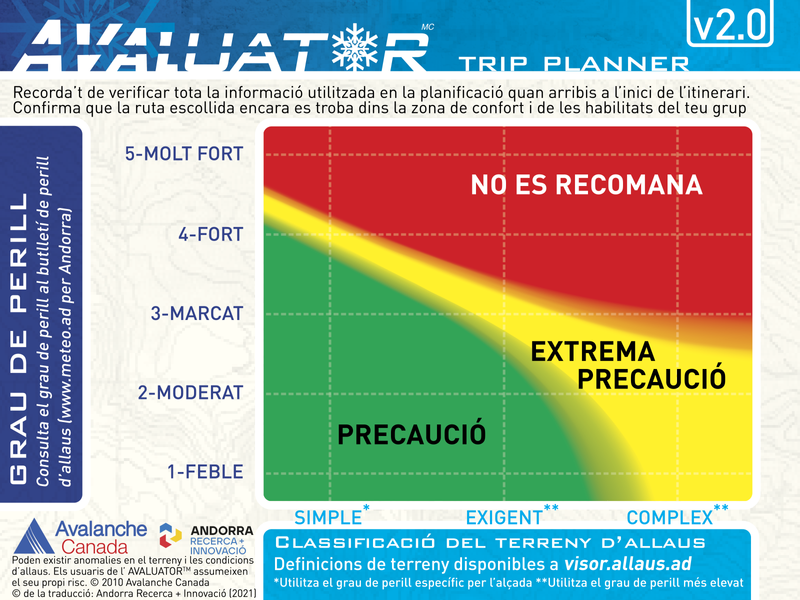Itinerari de la ramaderia
General Description
En aquest itinerari pujaràs fins a 2.572 m. Des de dalt podràs observar tota la Vall de Setúria, una de les unitats pastorals més emblemàtiques de la Parròquia. Fixa't bé si veus algun dels isards, cabirols o muflons que viuen en aquesta zona! Aquests paratges, tan verds i abundants, són una de les zones preferides del ramat que pastura a les Valls del Nord. Tan fèrtil és aquesta terra que segons la llegenda, va ser motiu d’enfrontament entre els veïns de Pal i de Tor (o d’Ós de Civís segons qui explica la història) fa alguns anys... voleu saber com es va resoldre la disputa? Descobriu el que explica la llegenda en els tòtems informatius que trobareu al llarg del camí. El cert és que la ramaderia ha donat forma als paisatges d’aquestes muntanyes i ha estat el fonament principal de l’economia de moltes llars del país. Un sistema marcat per la climatologia i el desnivell, en el que es distingeixen dos períodes: un, a muntanya (estiu i part de tardor) i l’altre, al fons de les valls (hivern i primavera). En aquest context, l’arribada de l’estiu estava marcat pel maneig del bestiar fins a les pastures d’alta muntanya. Una jornada que aquí se celebrava entre totes les famílies ramaderes amb la Benedicció de Setúria. Completa el repte Cub a Cub de la Massana amb la informació que trobaràs als cubs del camí.


 Routes and points of interest
Routes and points of interest  Agenda and events
Agenda and events  Online Store
Online Store  Information of Interest
Information of Interest  contact
contact 














